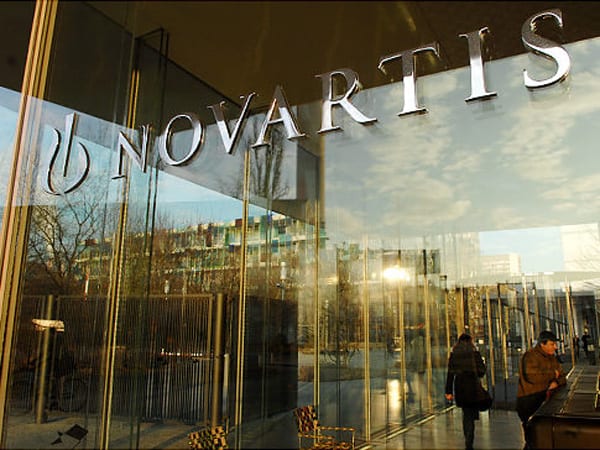
Novartis touts longer-lasting AMD rival to Eylea
pharmafile | November 13, 2017 | News story | Research and Development, Sales and Marketing | biotech, drugs, pharma, pharmaceutical
Novartis posted strong results for its wet age-related macular degeneration (AMD) drug, by showing superiority against Eylea in Phase 3 trials. The data sets Novartis up to take a chunk of the nearly $5 billion that Eylea and Lucentis, the leading products in the market, reap annually.
The main selling point that Novartis’ drug, RTH258 (brolucizumab), has over competitors is that it only needs to be delivered to patients once every 12-weeks, a four-week improvement on potential rival, Eylea.
It was able to prove non-inferiority to Eylea by hitting a mean change in best-corrected visual acuity, with 57% and 52% of patients in trials maintained through to week 48.
It also revealed that a second Phase 3 study found that 21.9% of patients on RTH258 showed disease activity, compared with 31.4% of those receiving Eylea.
“Having delivered on our non-inferiority endpoint with a majority of patients on a q12 week interval, we’re truly excited to share these data showing that brolucizumab clearly improves key anatomical outcomes that are biomarkers of disease,” said Vas Narasimhan, Global Head, Drug Development and soon-to-be CEO of Novartis. “Brolucizumab represents a major scientific and clinical advancement for patients, caregivers and retina specialists around the world.”
In another benefit found for the treatment, fewer patients were found to experience abnormal blood vessels leaking fluid into the eye. In particular, 31% fewer patients on RTH258 showed presence of retinal fluid compared to Eylea.
Despite such convincing success from the Phase 3 results, Novartis does not plan to file to the FDA until late in 2018 – in order to ensure its manufacturing process is up to scratch. This means that its rival in Regeneron has time to further develop Eylea so that it can be administered, similar to Novartis’ candidate, in 12-week intervals.
Should Novartis successfully get the product to market, it will have to face cannibalising sales of its own product Lucentis, that it markets outside of the US. It is likely to take such a blow, given that analysts have its product penned into bring in a potential $1 billion in annual sales.
Ben Hargreaves
Related Content

FDA approves IMIDEX’s AI-powered device VisiRad XR
The technological pharmaceutical company IMIDEX has been granted clearance from the US Food and Drug …

Artiva Biotherapeutics announces FDA clearance of IND for AlloNK and Rituximab combo
On 16 August 2023, the US Food and Drug Administration (FDA) officially cleared Artiva Biotherapeutics’ …

Zumutor’s cancer drug trial cleared by FDA
On 11 August 2023, the biopharmaceutical company Zumutor Biologics announced that the trial of its …








